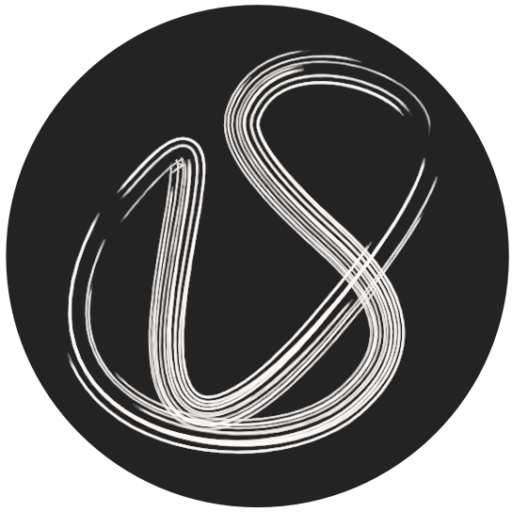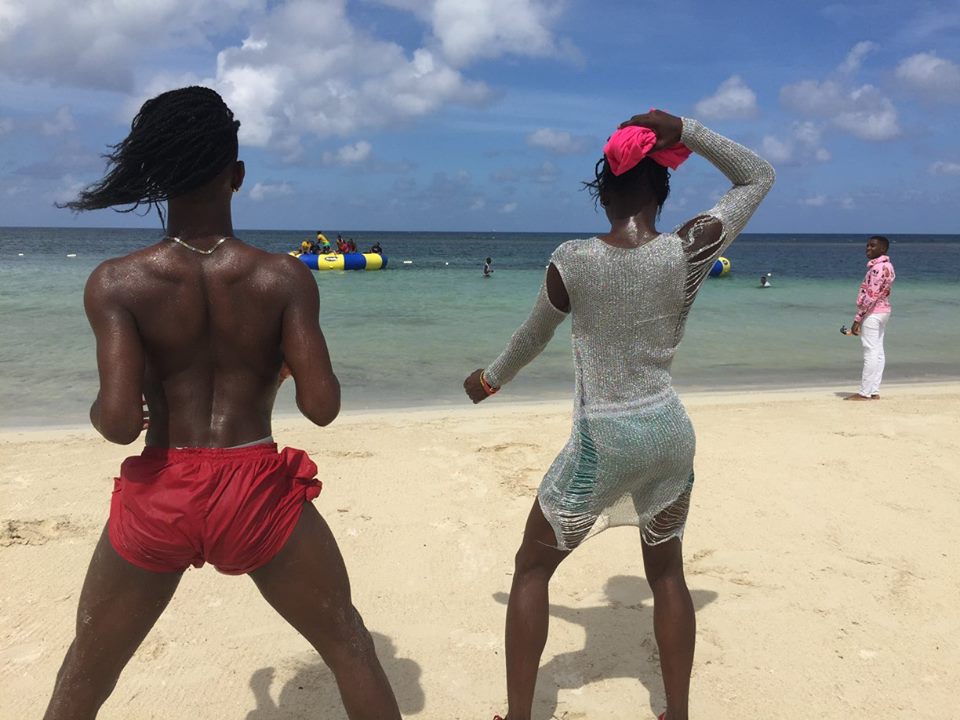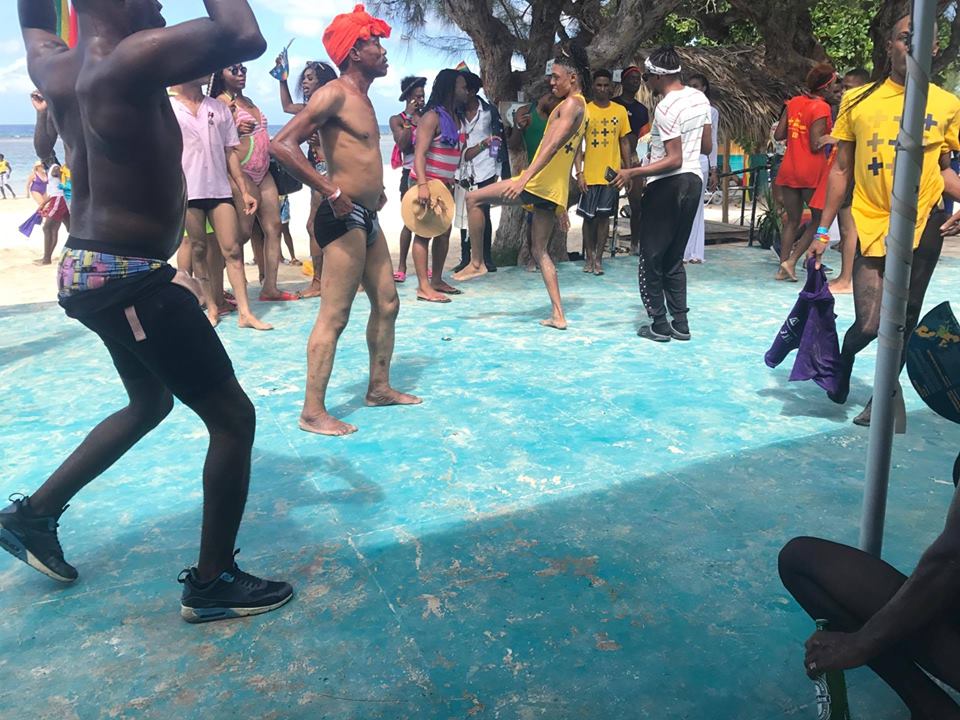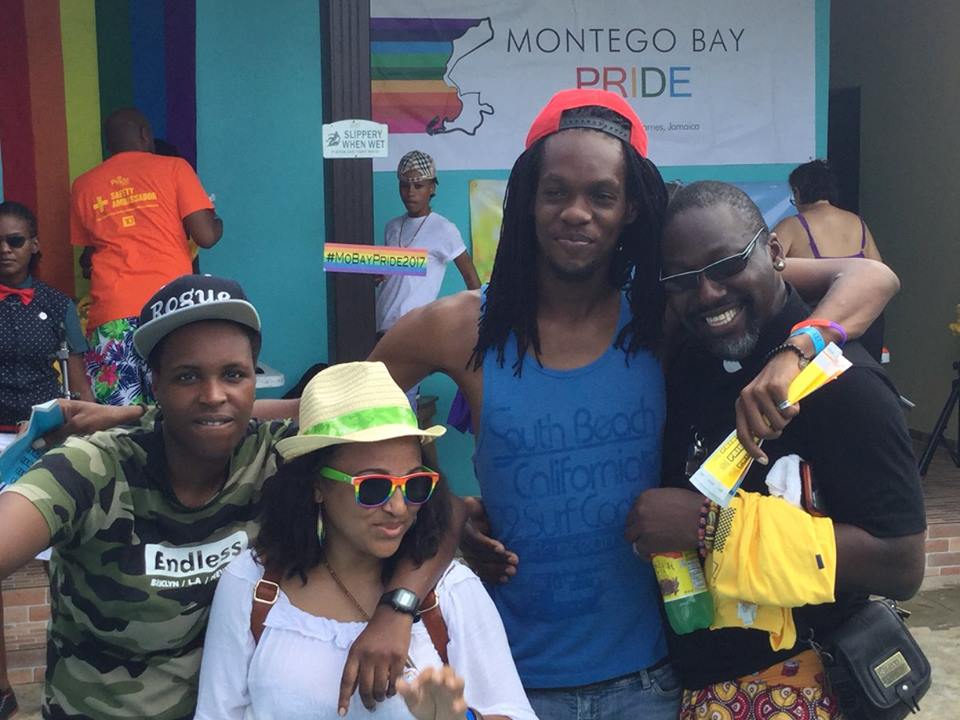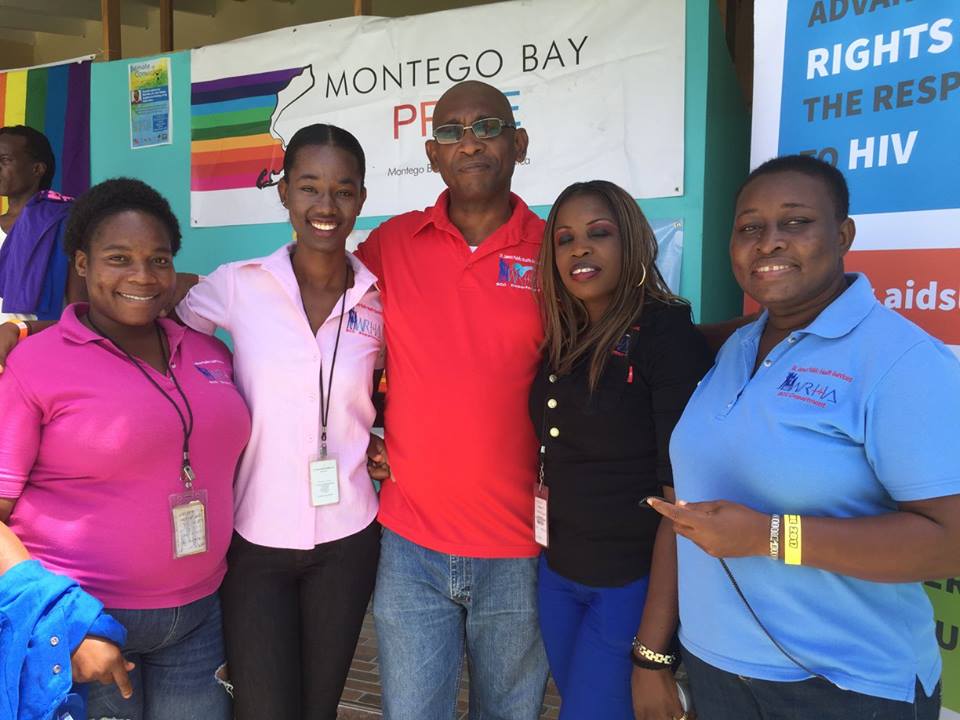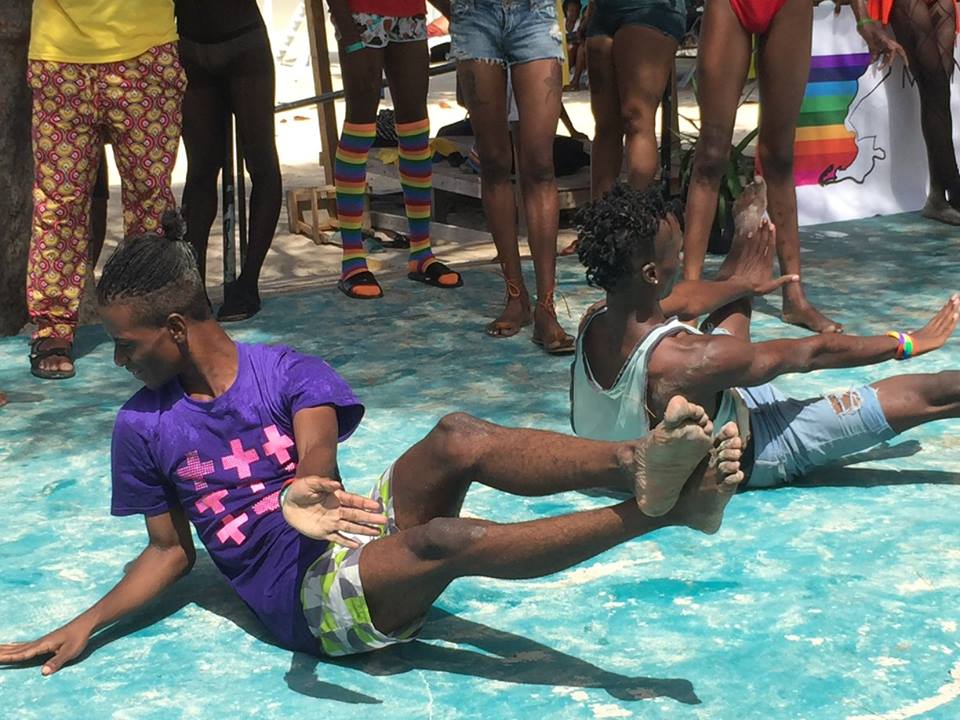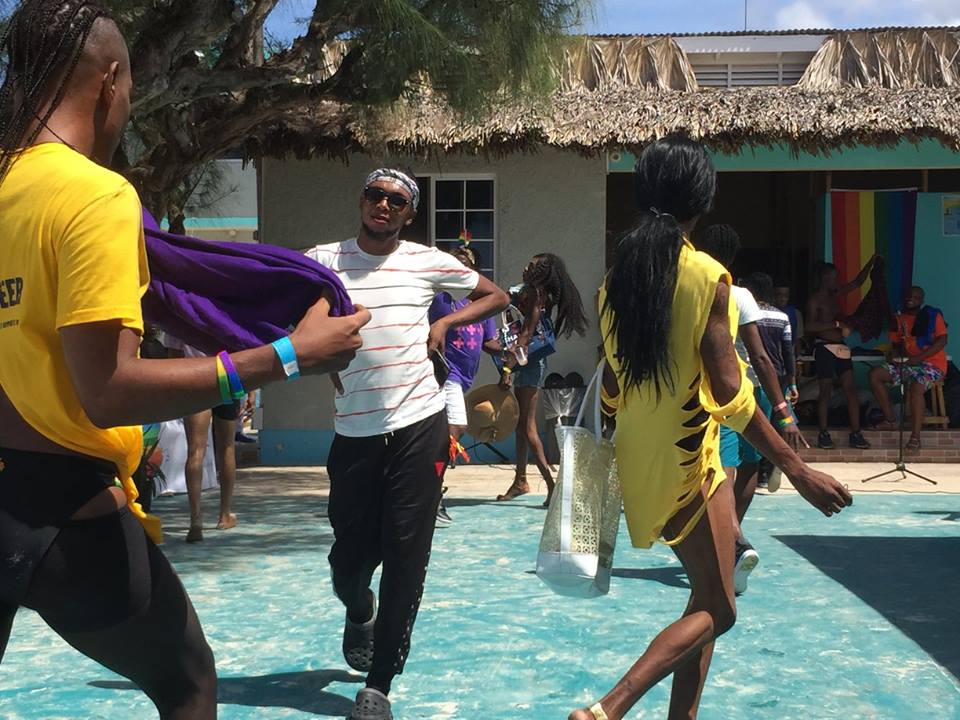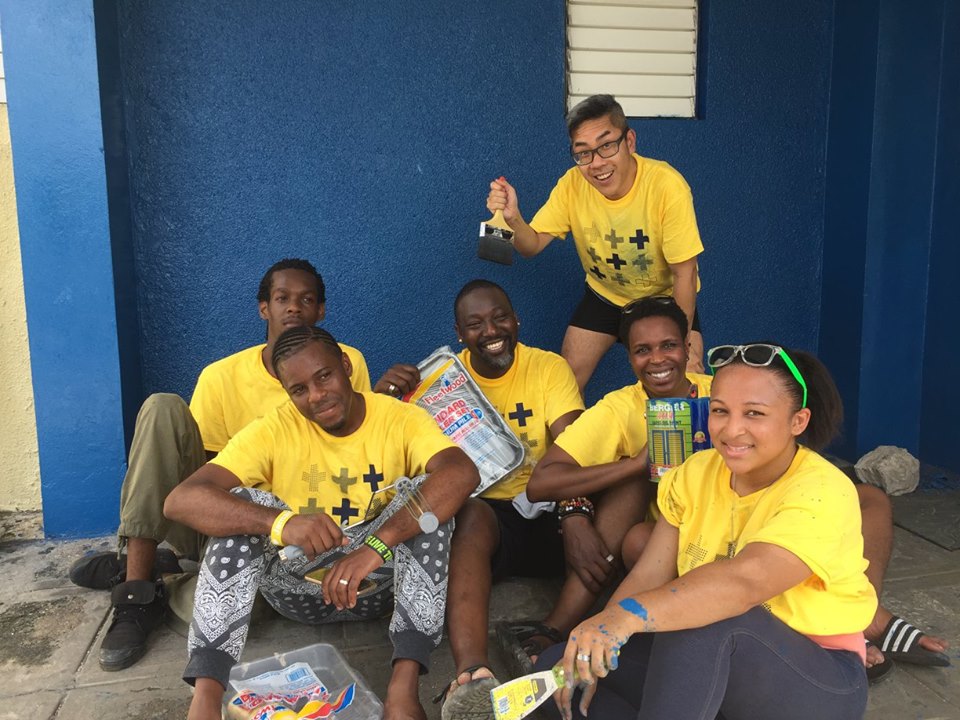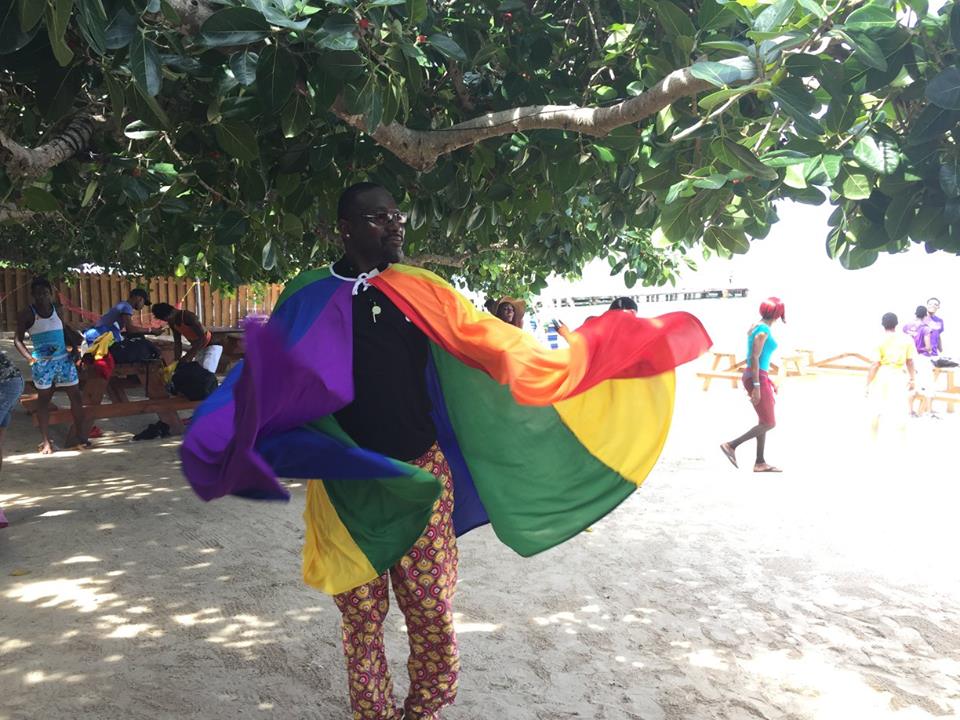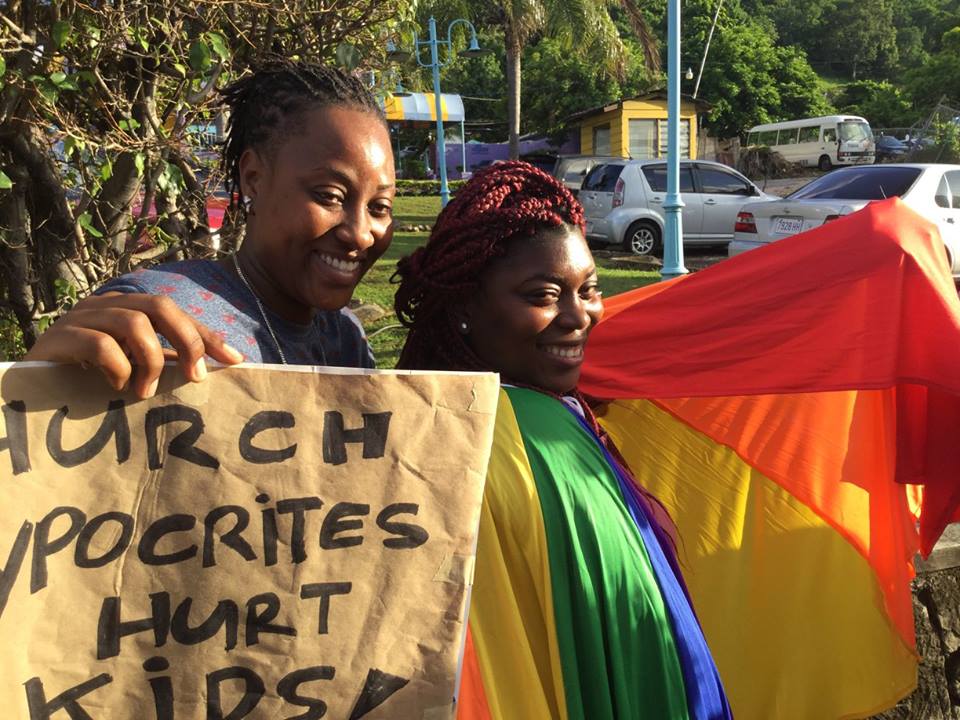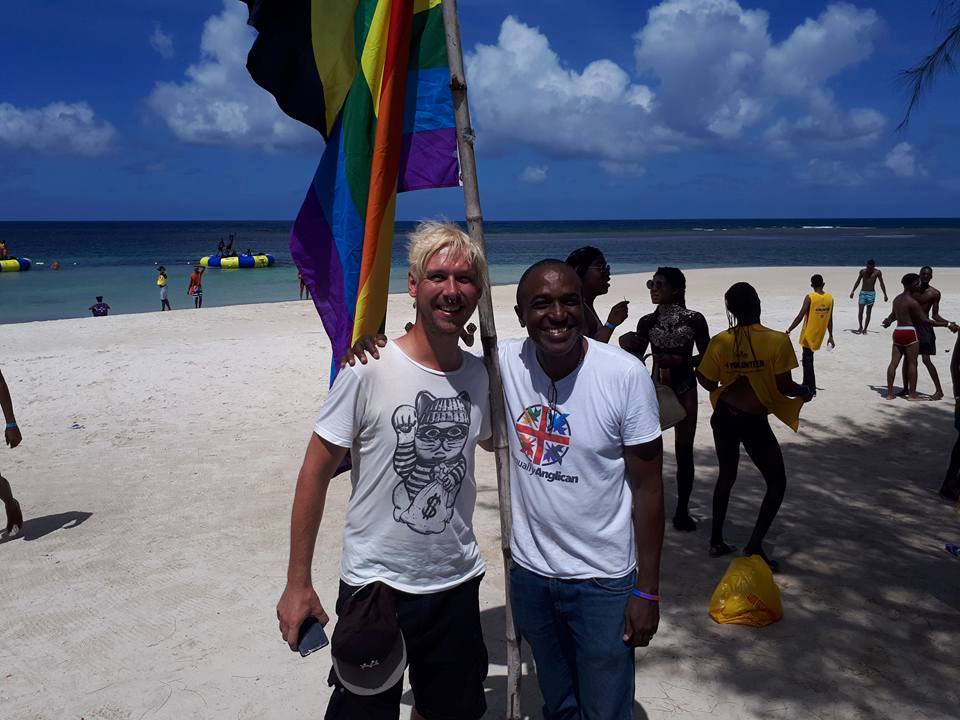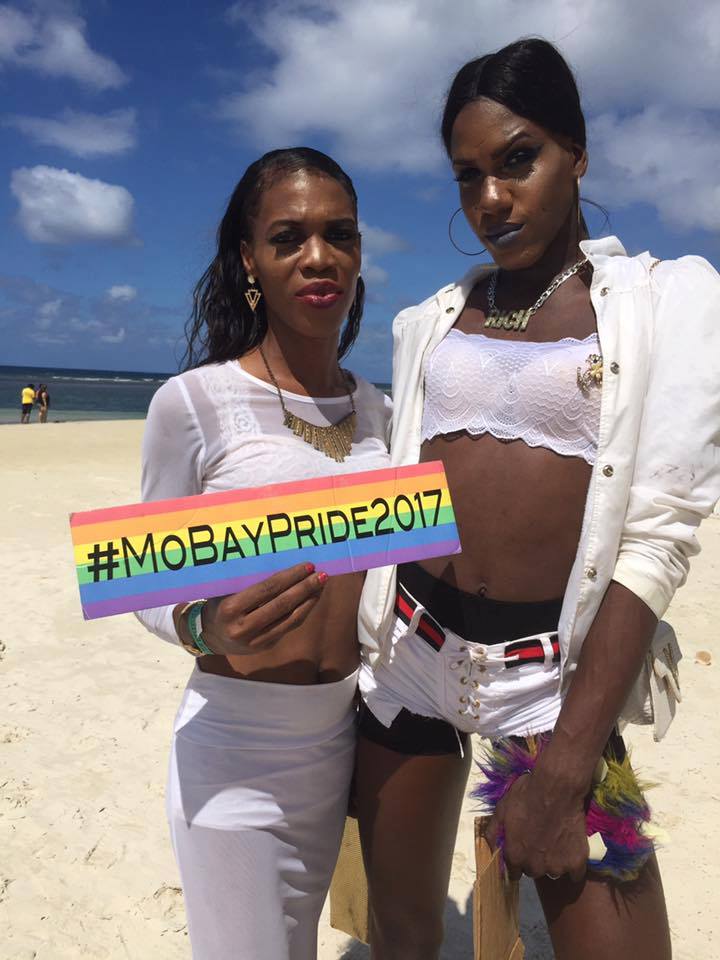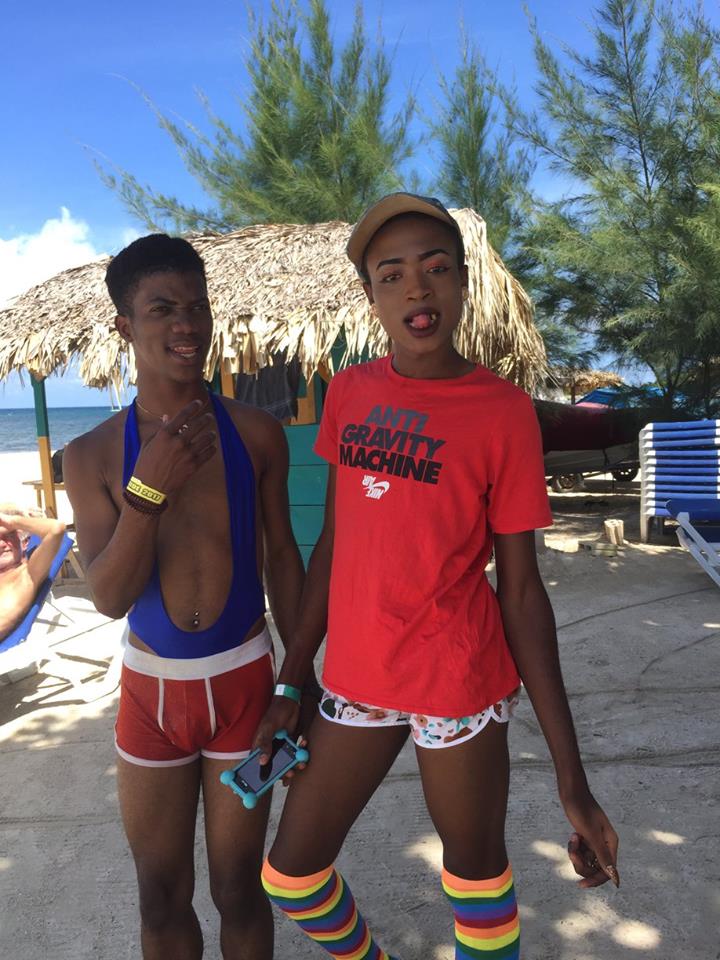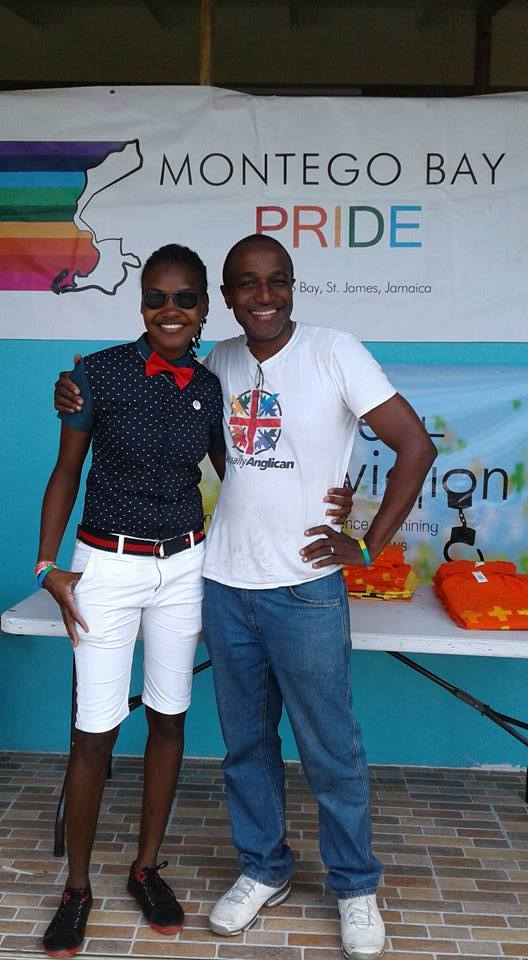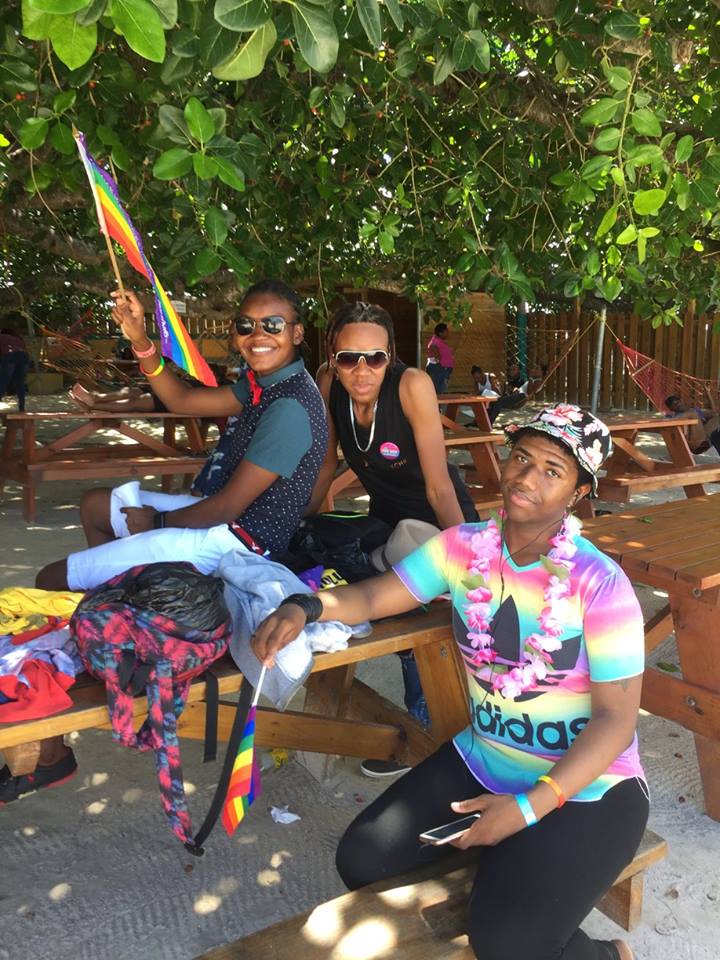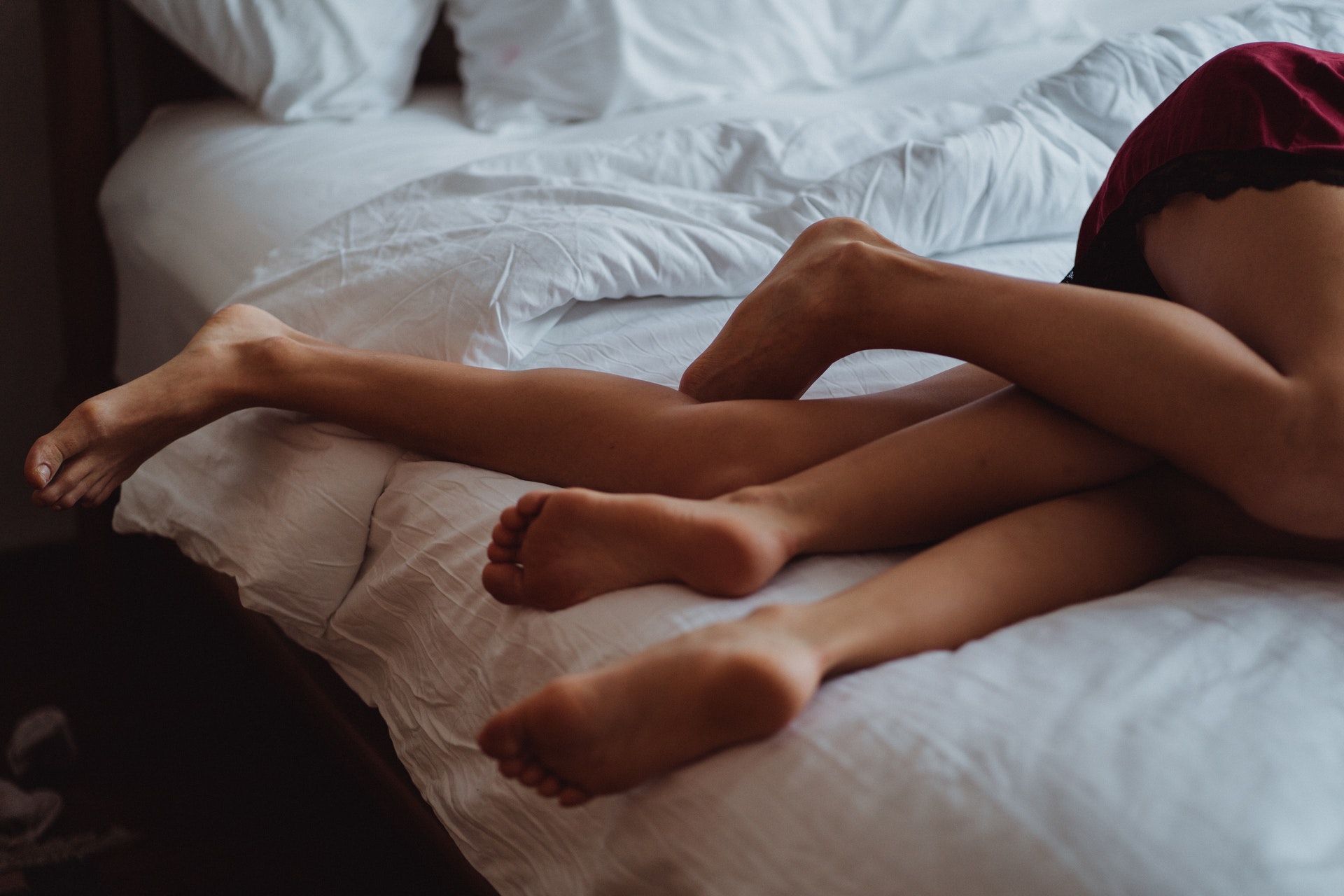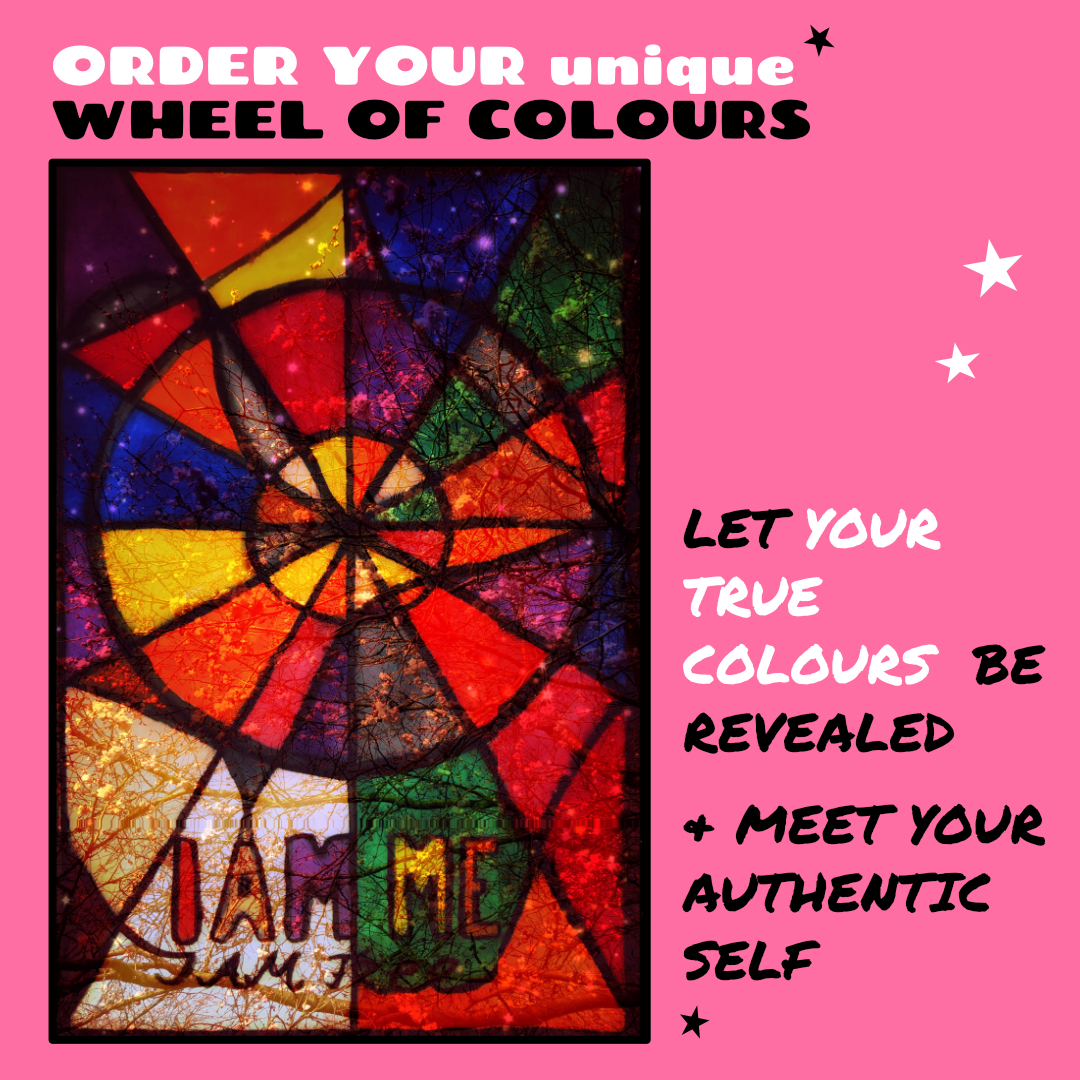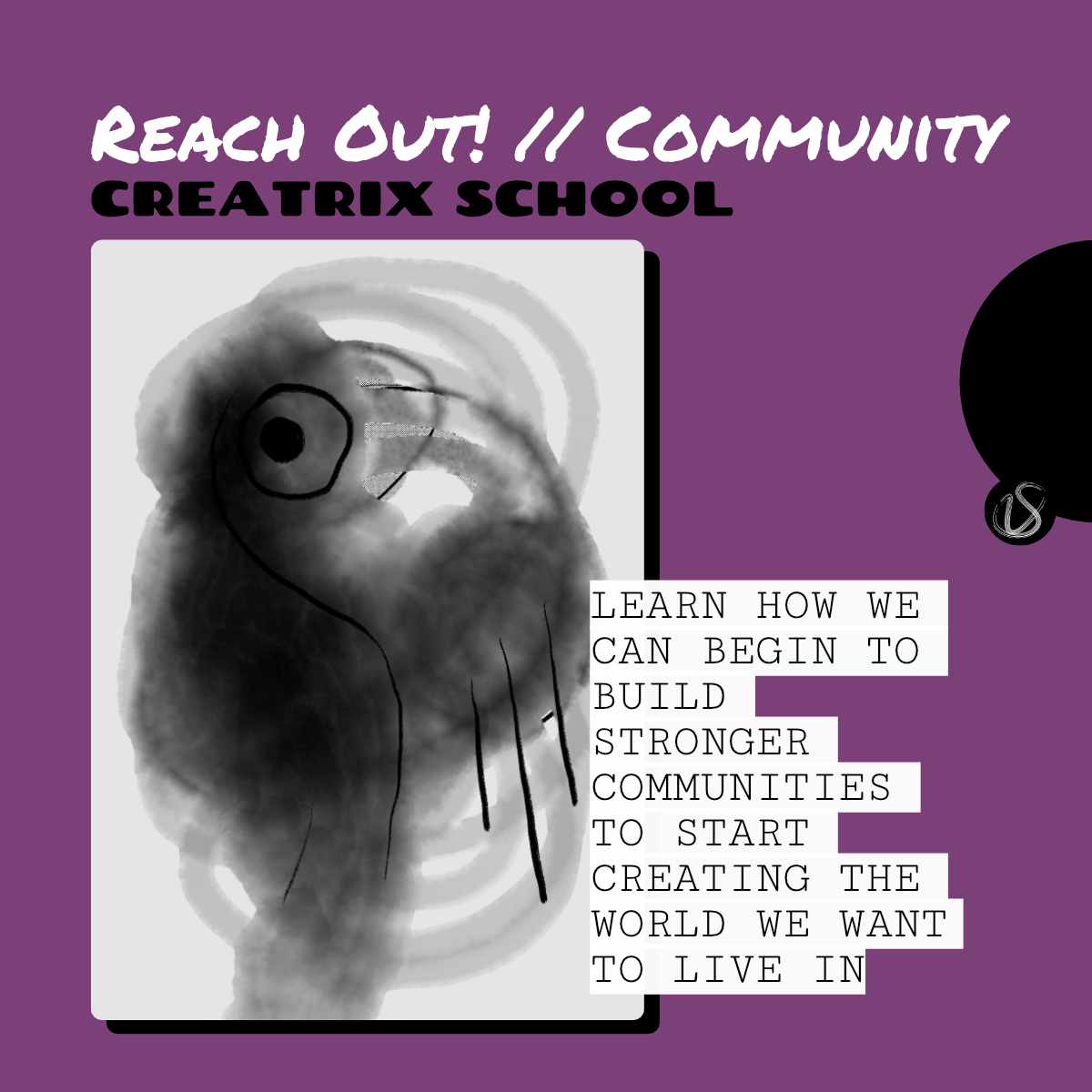Meet Maurice Tomlinson, one of the organizers of Montego Bay Pride.
On June 28th, 1969 the Stonewall Riots kicked off a larger gay rights movement in the USA.
In 1970, the first gay pride marches took place in New York, Los Angeles, San Francisco and Chicago – today pride parades are taking place all around the world.
In 2018, I wanted to know who the people organizing today’s pride parades are, what the marches mean to them, and met wonderfully powerful, loving and kind people from places, which might not be the first ones that come to mind, when we think of queer love.
See all Faces of Pride.
Are you ready to start your self-actualization journey?
FIND OUT
What’s your name and age? My name is Maurice Tomlinson. I’m 48.
Since when have you been involved with Montego Bay Pride? I am the founder and have been with Montego Bay Pride since 2015.
Why do you think Montego Bay Pride is important? Pride serves many important objectives in Jamaica. First, the latest survey found that over 90% of Jamaicans were homophobic.
Research has shown that, not surprisingly, much of this homophobia is driven by lack of knowledge about LGBT among the general population.
This ignorance is preyed upon by right-wing religious extremists with roots in the global north to create fear among Jamaicans towards LGBT citizens. Sadly, this fear has sometimes turned deadly.
Pride is therefore an attempt to safely showcase LGBT people to our society (e.g., through a film festival, fun pop-up protests, talent show and queer art expo) because we believe that “visibility is liberty.”
People fear what/who they don’t know. Montego Bay Pride also is an opportunity for the small LGBT community to share survival strategies, feel empowered knowing that we are not alone, and show solidarity for each other as we “gear up” to face another challenging year in a very hostile environment.
Montego Bay Pride is also a way for international LGBT people and allies to stand in solidarity with the local LGBT liberation struggle and learn how they can be most effective to help us.
Finally, Montego Bay Pride is a way to work with state agencies like police and health care workers to build alliances that will hopefully help to reduce the stigma and discrimination that we experience from those bodies.
What is one (or two) remarkable thing(s) that has/have happened at Montego Bay Pride? Perhaps the most remarkable thing about Montego Bay Pride is the exponential growth! We started with just over 150 persons in 2015 and in 2017 we had well over 850 attendees, the vast majority of whom are from all across Jamaica.
We are pleased that so many community members are feeling safe enough to participate in this annual celebration. We are also excited about the success of our LGBT film festival, which grew from one day to 5 and has seen some very fundamentalist Christians favourably comment that thanks to the event they are seeing LGBT people in a positive light for the first time!
What do you do when you are not organizing Montego Bay Pride? I am always working on organizing Montego Bay Pride as plans for the next Pride begin immediately after the last event! I am also a senior policy analyst with the Canadian HIV/AIDS Legal Network, which has been the major donor towards Montego Bay since its inception.
I lead the Legal Network’s Caribbean initiatives challenging homophobia and HIV in the Caribbean, and this involves legal challenges to anti-gay laws (e.g., on June 6 we launched challenge to the Barbadian anti-sodomy law, the worst in the western hemisphere-life imprisonment); organize public dialogues with faith leaders about LGBT human rights; conduct police LGBT sensitivity trainings; deliver capacity building exercises for local LGBT and HIV NGOs; prepare reports to local, regional and international bodies on the situation for LGBT people in the Caribbean; work with Caribbean diaspora groups and individuals to encourage them to support LGBT liberation in their home countries; work with international leaders so that they can effectively support local LGBT activists; and of course more visibility campaigns, such as Barbados Pride, which we organized in addition to Montego Bay Pride.
More about my work can be found here: http://www.aidslaw.ca/site/canadian-hivaids-legal-network-in-the-caribbean/?lang=en
What do you like to do in your free time? I like to work in the garden. Planting and patiently tending plants as they grow gives me a great sense of pride. It is also a sort of metaphor for my work. Liberation can’t be rushed if it is to be sustainable. But, it must be deliberately tended. Weeds must be stridently removed or they will choke and eventually kill the growing plant.
Is there something you would like to say to the rest of the LGBT+ community? This is a global struggle and until we are all free, then none of us are free. While acknowledging that there is still work to do in the global north, which must be attended to, we need to get involved in any way that we can to assist those countries who are still lagging far behind. This starts with contacting these groups and asking what help they need. We in the global south need support, not salvation, from our global north LGBT allies.
Follow Montego Bay Pride:
Facebook
Support Montego Bay Pride with your donation:
Gift Tool
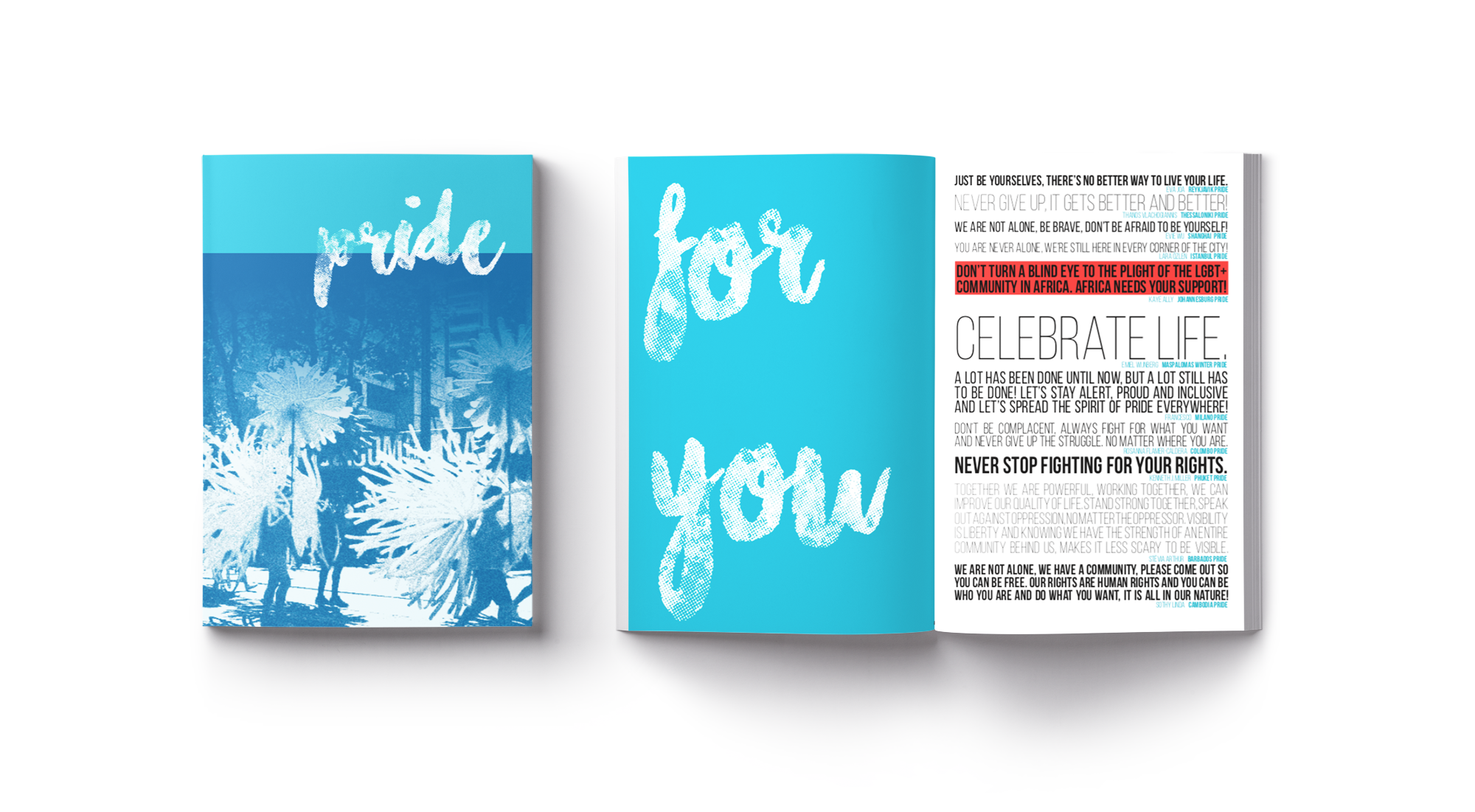
DOWNLOAD FREE PRIDE ZINE
[convertkit form=3372792]
Not different, just love
How do you feel when it comes to dealing with our emotions, expectations and responsibilities, around coming out, living as a LGBTIQ+ person and when it comes to our families and love in general?
